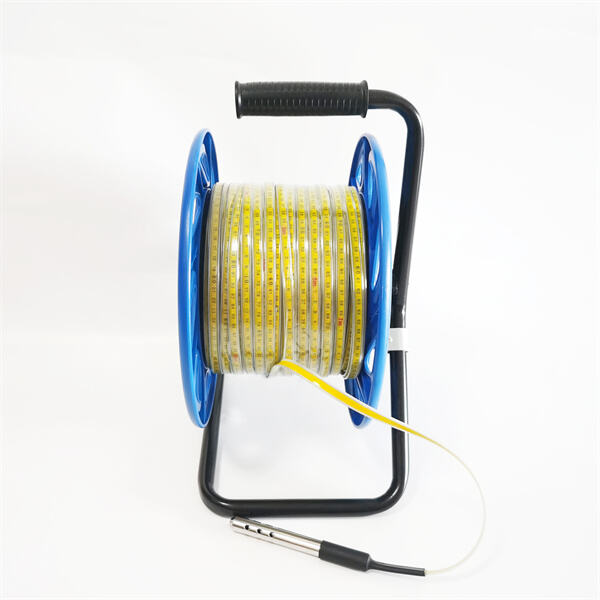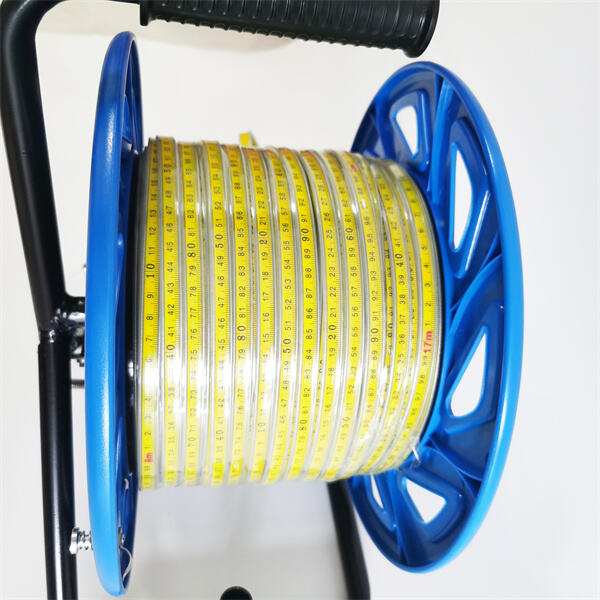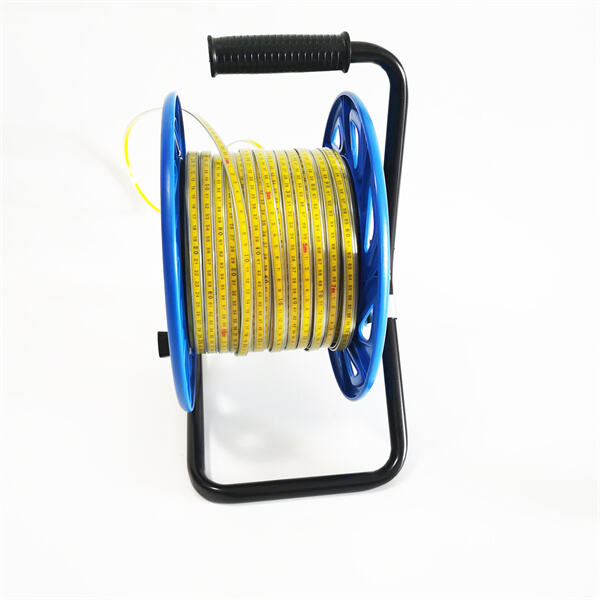Water is essential to life and we all access it, in one or another way at various tasks throughout the day. Water Is Life—we drink water to keep us healthy, we use it in the preparation of our meals like potatoes or corns (a staple food here), cleaning houses with washing and bathing cost/month; ensuring is our source. We could be using more of our water than we realize, which often translates into wasted water. This is where water sensor indicators that track our uses of water are there to assist us.
How do water indicator sensors work Water indicator sensors are special tools to determine the amount of a liquid in an enclosure, such as tank or pool. We want to make sure that we are able continually keep check on our water level through these sensors, and so can comprehend how much of it is currently been put into use. We (as consumers) are also able to save this precious resource and ensure there is enough water available for everything else we need it.
We normally use water level sensors as a kind of the most widely used and commonest type of water indicator sensor. They measure the amount of water in a tank or container. These sensors come in many shapes and form, but the two most commonly used is 1) float sensor as shown below; url【Icon】and 2) pressure based such that they alow sensing Binary level of state (Full/Empty). We measure and monitor water levels differently with each type.
Pressure Sensors: The diaphragm of these sensors is what reacts to water pressure, and reading the degree to which it is either crumpled or expanded allows you determine once again how high or low a given pressure level/history happens on your watch. As the water level rises, it presses harder on your diaphragm. The switch has a diaphragm that flexes, making an electric contact to tell us the water level needs attention. They also work as the most effectual sensor to control water levels.

This water indicator sensors help us to control in using the water wisely. This is how we gauge that, it alerts us on the level of water available in our tanks or containers which would be about time to fill up again and more importantly should stop using too much. Smart monitoring like this helps us conserve water, which is great for the environment and saves you costs on our water bills every month.

Water sensors can be very versatile and are useful everywhere, not just in tanks. Similarly, they can monitor the water usage at home and in buildings from individual homes to entire municipalities. The smart water sensors will give immediate information about water usage and its benefits. More water we can see dropping out, more leaks that are found and corrected quickly.

Leaking pipes are terrible for any house, as water damage can be both a subject of safety and an expensive hazard. Well it can result in mold growth, harm our building envelopes and become or turn into a costly repair that will broaden the dollar amount to remedy. But through water indicator sensors we can easily predict and have a control over the flow of yoiurCMRR constituent.